Gardens are winter oasis for many of our birds
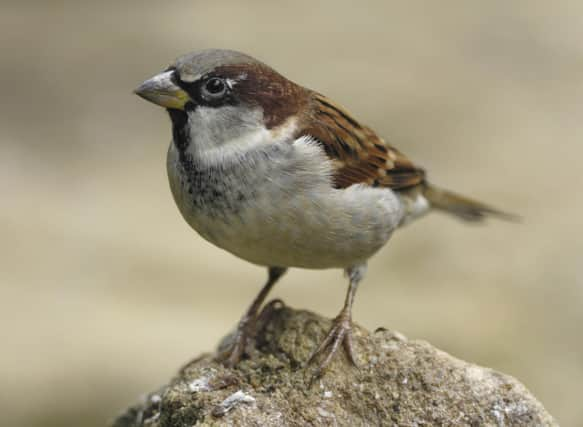

Local RSPB members say gardens are becoming increasingly important for British birds, when intensive farming and insecticide use is making life increasingly hard for birds like sparrows and finches in many rural areas.
“Gardens can be a winter oasis for many birds, and play a significant part in preserving some bird populations,” said Pete Brown of Sheffield RSPB.
Advertisement
Hide AdAdvertisement
Hide AdThe idea is, you set aside just an hour at any time between Friday 26 and Sunday, January 28 and make a note of the highest number of any one species you see at any one time in your garden, yard, balcony or even at a spot in your local park. (Birds must land to be counted, if they’re just flying over you ignore them.)
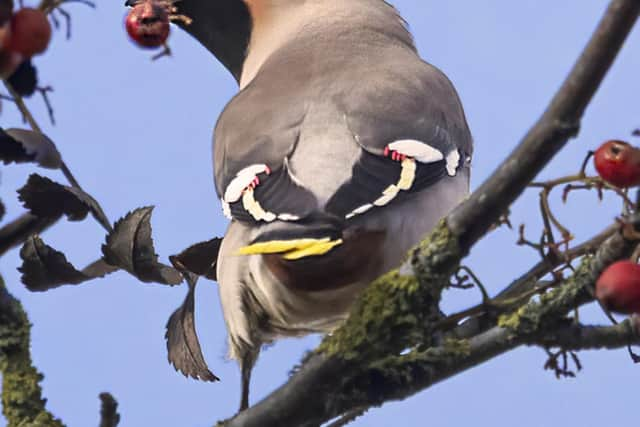

You can download guides and tips at the Big Garden Birdwatch site: https://www.rspb.org.uk/whats-happening/big-garden-birdwatch
After sending in your sightings, the national results will be released in early spring to see which species have gone up or down after a stormy winter.
Last year, the house sparrow was the most common bird to be noted, but nevertheless numbers had gone down a lot since the survey started, with something like 20 million fewer sparrows in UK fields and gardens since the 1960s.
Advertisement
Hide AdAdvertisement
Hide AdWood pigeons and long tailed tit numbers are up, but songbirds like the song thrush have also declined massively, down 80% since the first garden birdwatch in 1979.
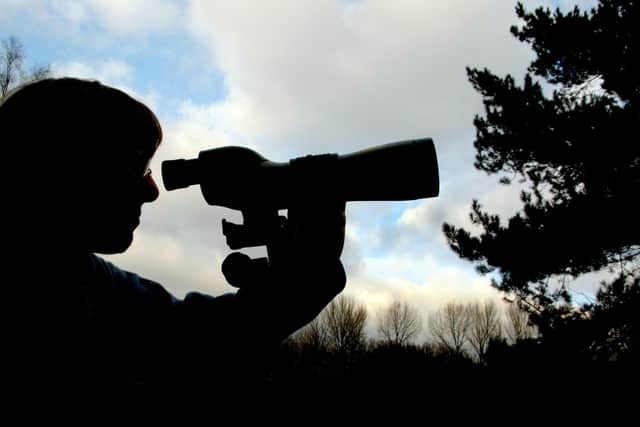

Last year, the song thrush was only spotted in less than 10% of British gardens.
This year, keen birdwatchers might look out for migrants from northern Europe like waxwings, redwings and fieldfares, which can visit gardens with fruit and berries in the winter months.
Local children can also take part at their schools, with a schools Birdwatch operating in the same way between January 8 and February 19.
Advertisement
Hide AdAdvertisement
Hide AdSee: https://www.rspb.org.uk/whats-happening/get-ready-for-big-schools-birdwatch
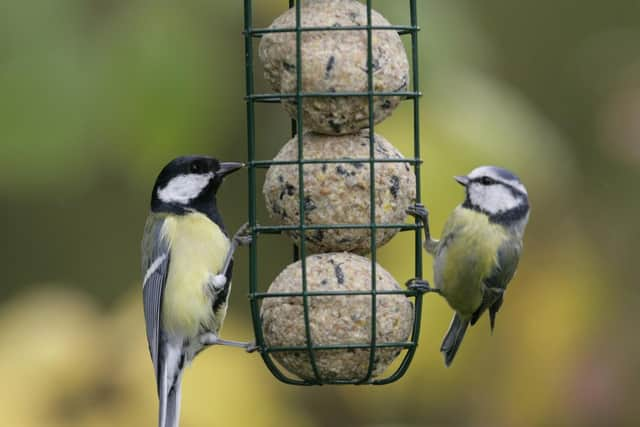

Advice for garden bird feeding:
Set up some all day seed feeders for birds like finches, sparrows and tits.
But to prevent disease to birds like greenfinches and chaffinches, try and wash your feeder in a mild detergent every week or two
Make sure there’s water too, for bathing and drinking all year.
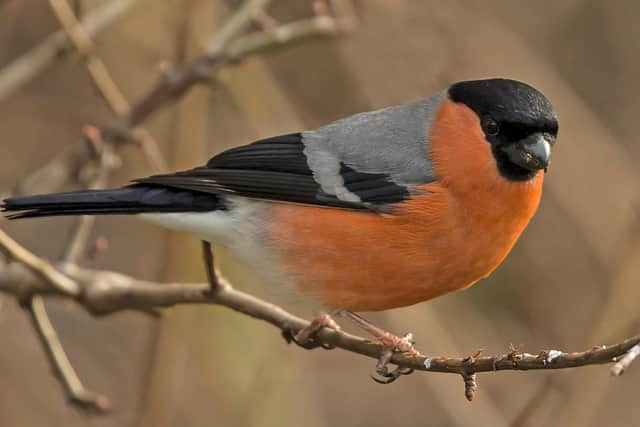

Advertisement
Hide AdAdvertisement
Hide AdYou can use an only dish or a birdbath, but clean your birdbath regularly.
Try and grow some native flowers to proved seeds and insects
Native trees and bushes can provide nesting sites and refuges from predators (including cats).
If you use nest boxes, try and put them up away from direct sun and wind.
Avoid chemicals and slug pellets that may kill birds,